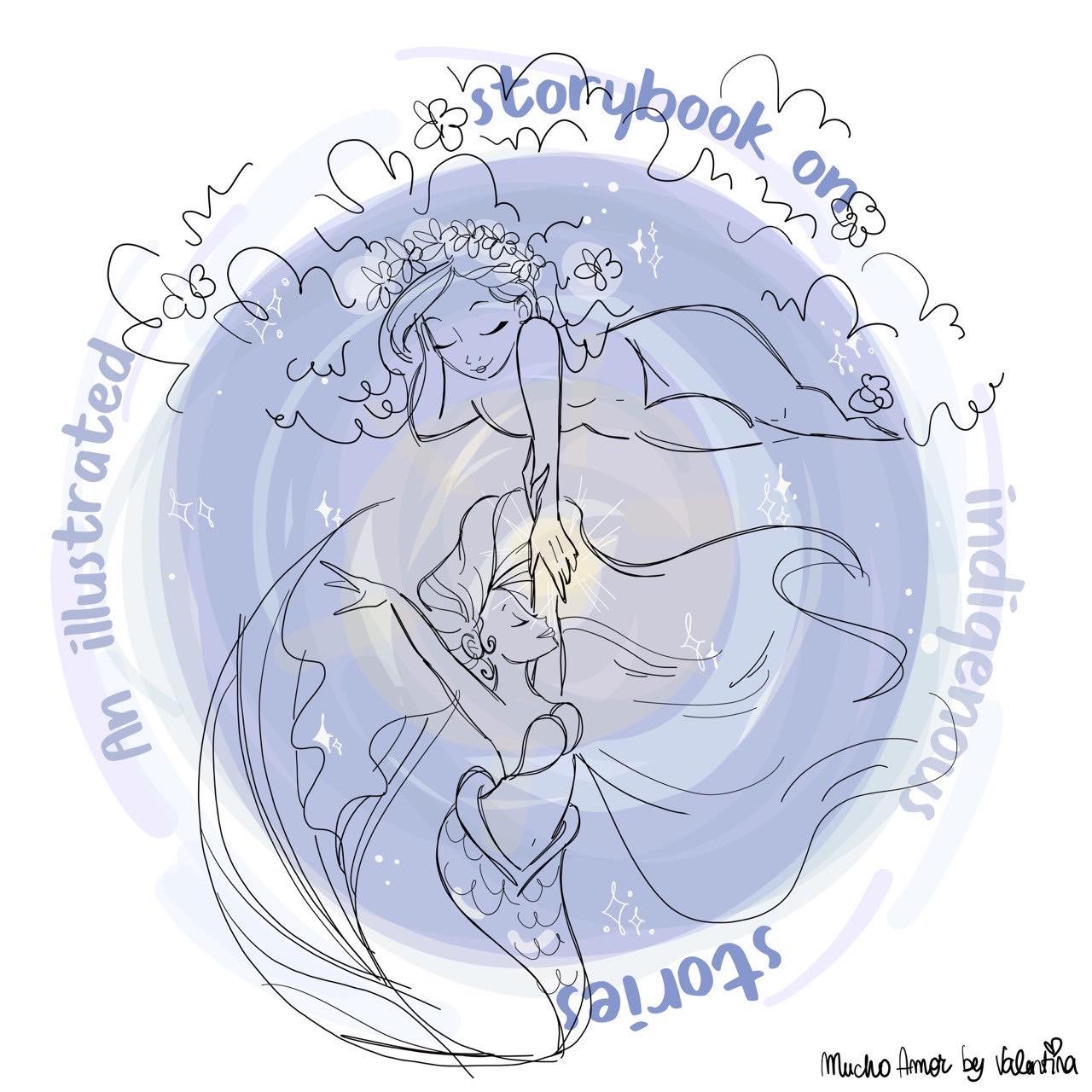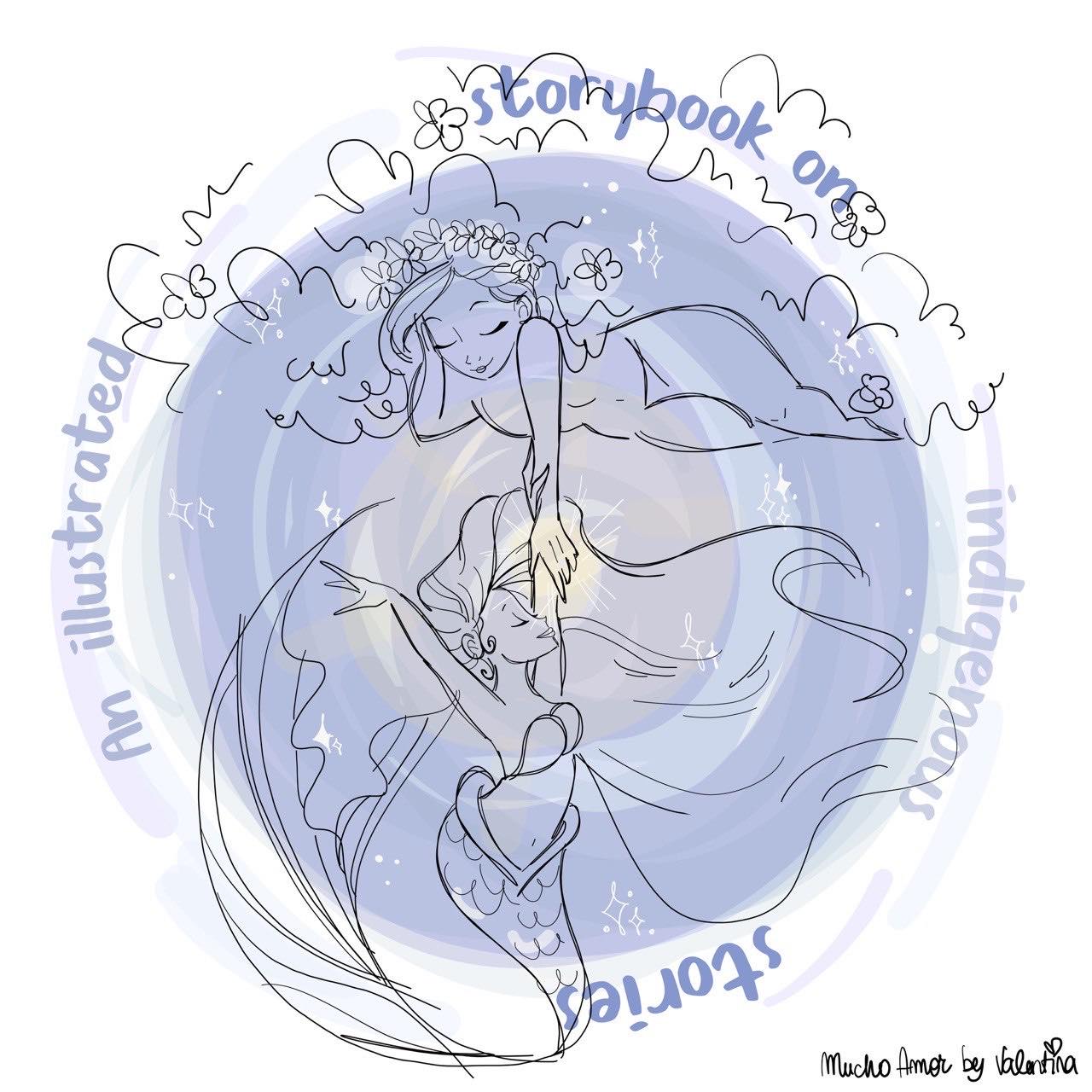An illustrated storybook of indigenous stories as a learning tool for scholars and communities
DOI:
https://doi.org/10.7557/5.5040Abstract
Content: Our presentation will focus on a project idea that brings together conventional and unconventional teaching methods by means of a story of indigenous stories illustrated by artists.
Storybooks -when authentic and not grammatically sequenced- have the merit among the others to: (1) convey a direct message; (2) offer different interpretations of a certain event, liberated from cultural assumptions; (3) expose the reader to several tenses at the same time (Ellis, Brewster, 2002; Mourão, 2003) which gives a sense of circuitry and multidimensionality; (4) be dynamic and adaptive, and therefore not statically connected to certain events or interpretation, as well as released from beliefs and value-sets; (5) be uncontroversial, thus universally shareable.
Objective and audience: collecting indigenous stories from different legal traditions that will be narrated by two shape-shifters feminine spirits. Both stories and storytellers mirror the fluid and immanent governing water and earth, in such a way that can be understood by students, indigenous and non-indigenous researchers, community members.
Methodology: Focus groups will be set up with the aim to collect stories from the coastal and rural communities of two Regions: two communities from the Western coasts of Canada and New Zealand (representing the Sea-Region); two local communities from Brazil and India (representing the Earth-Region). These are chosen for their rich and diversified local knowledge, based on the centrality of the sea and the earth in the human existence. Community-based artists and storytellers will be engaged in co-creating the final outcome (a story illustrated by an indigenous artist per community). The story of the stories, with the two feminine spirits as protagonists, will be illustrated by one or two children book’s illustrators.
Expected result: an illustrated book, that will have the original trait of being a frame story narrated by the two spirits of water and earth, containing indigenous narratives on the symbiotic relationship that governs communities and nature.

Metrics





